Safety Concerns Continue for New LANL TRU Waste Facility
![]() Senior managers at Los Alamos National Laboratory (LANL) reduced the amount of plutonium-contaminated waste that could be stored at the new $97 million transuranic waste facility, or TRU Waste Facility, so that operations could begin. They also prohibited the storage of pipe overpack containers holding very small plutonium particles that are easily inhaled if released into the environment. And finally, they required that freezing problems with the fire suppression system be fixed before a total of 1,240 drums of plutonium-contaminated waste generated by nuclear weapons manufacturing may be stored there. The stored waste is destined for disposal at the deep underground dump in southeastern New Mexico, called the Waste Isolation Pilot Plant (WIPP).
Senior managers at Los Alamos National Laboratory (LANL) reduced the amount of plutonium-contaminated waste that could be stored at the new $97 million transuranic waste facility, or TRU Waste Facility, so that operations could begin. They also prohibited the storage of pipe overpack containers holding very small plutonium particles that are easily inhaled if released into the environment. And finally, they required that freezing problems with the fire suppression system be fixed before a total of 1,240 drums of plutonium-contaminated waste generated by nuclear weapons manufacturing may be stored there. The stored waste is destined for disposal at the deep underground dump in southeastern New Mexico, called the Waste Isolation Pilot Plant (WIPP).
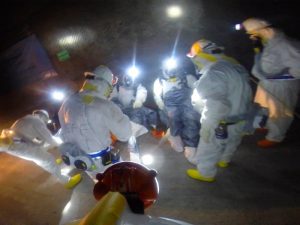 Under Department of Energy (DOE) regulations, the new TRU Waste Facility has been determined to be a hazard category 2 nuclear facility. The LANL contractors are required to perform a hazard analysis of the nuclear activities at the new facility. After reviewing the processes, operations, or activities, they evaluated the consequences of an unmitigated release of radioactive, hazardous, and toxic materials into the environment. An unmitigated release means there are no filters on any air exhaust shafts and no treatment of contaminated water. The results of the hazards analysis revealed that the new TRU Waste Facility is a hazard category 2 nuclear facility, meaning that there is a potential for significant on-site consequences to workers and the public. https://nnsa.energy.gov/sites/default/files/nnsa/multiplefiles2/DOE%201992%20DOE-STD-1027-92.pdf, p. 10.
Under Department of Energy (DOE) regulations, the new TRU Waste Facility has been determined to be a hazard category 2 nuclear facility. The LANL contractors are required to perform a hazard analysis of the nuclear activities at the new facility. After reviewing the processes, operations, or activities, they evaluated the consequences of an unmitigated release of radioactive, hazardous, and toxic materials into the environment. An unmitigated release means there are no filters on any air exhaust shafts and no treatment of contaminated water. The results of the hazards analysis revealed that the new TRU Waste Facility is a hazard category 2 nuclear facility, meaning that there is a potential for significant on-site consequences to workers and the public. https://nnsa.energy.gov/sites/default/files/nnsa/multiplefiles2/DOE%201992%20DOE-STD-1027-92.pdf, p. 10.
In order to begin operations, some of the risks needed to be reduced.
A recent Defense Nuclear Facilities Safety Board report detailed the compromise made by the Senior Review Board at LANL, which is comprised of senior National Nuclear Security Administration personnel and Los Alamos Field Office personnel from the National Nuclear Security Administration, to reduce the amount of waste stored at the facility, prohibit the storage of pipe overpack containers, and address potential fire accidents. 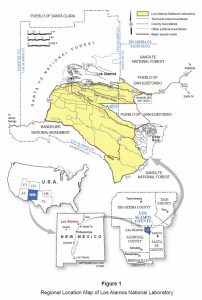
The Defense Nuclear Facilities Safety Board report reads,” The [Senior Review Board] concluded that this compromise provides adequate protection to the public while allowing ongoing nuclear operations to proceed as scheduled.” https://www.dnfsb.gov/sites/default/files/document/13551/TWF%20Documented%20Safety%20Analysis%20%20Development%20Review%20%5B2018-100-001%5D.pdf, p. 2.
Remarkably, not all of the members of the Safety Basis Review Team concurred with the final safety evaluation report. The report continues, “It should be noted, however, that four out of the eleven members of the [Safety Basis Review Team] (as well as their direct supervisor) did not concur on the final [Safety Evaluation Report] approved by the [Senior Review Board].” Id.
The Defense Nuclear Facilities Safety Board did commit to review the documented safety analysis addressing the prohibitions when it is released six months following the start of operations at the TRU Waste Facility, or in May 2018. Id.
Safety basis is defined as “the documented safety analysis and hazard controls that provide reasonable assurance that a DOE nuclear facility can be operated safely in a manner that adequately protects workers, the public, and the environment.” 10 CFR § 830.3(a) – Nuclear Safety Management for DOE.
Tags: Defense Nuclear Facilities Safety Board, Department of Energy, DNFSB, documented safety analysis, DOE, DSA, fire suppression system, hazard category 2 nuclear facility, LANL, Los Alamos National Laboratory, National Nuclear Security Administration, pipe overpack containers, POCs, safety basis, Transuranic Waste Facility, TRU Waste Facility, unmitigated release, Waste Isolation Pilot Plant, WIPP


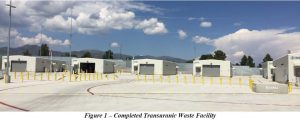

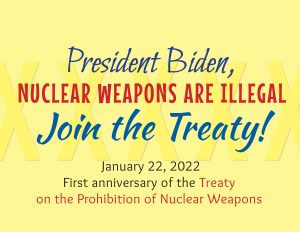
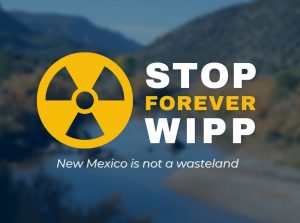






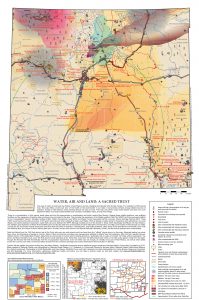
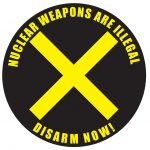
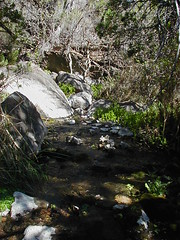

Comments
No comments so far.